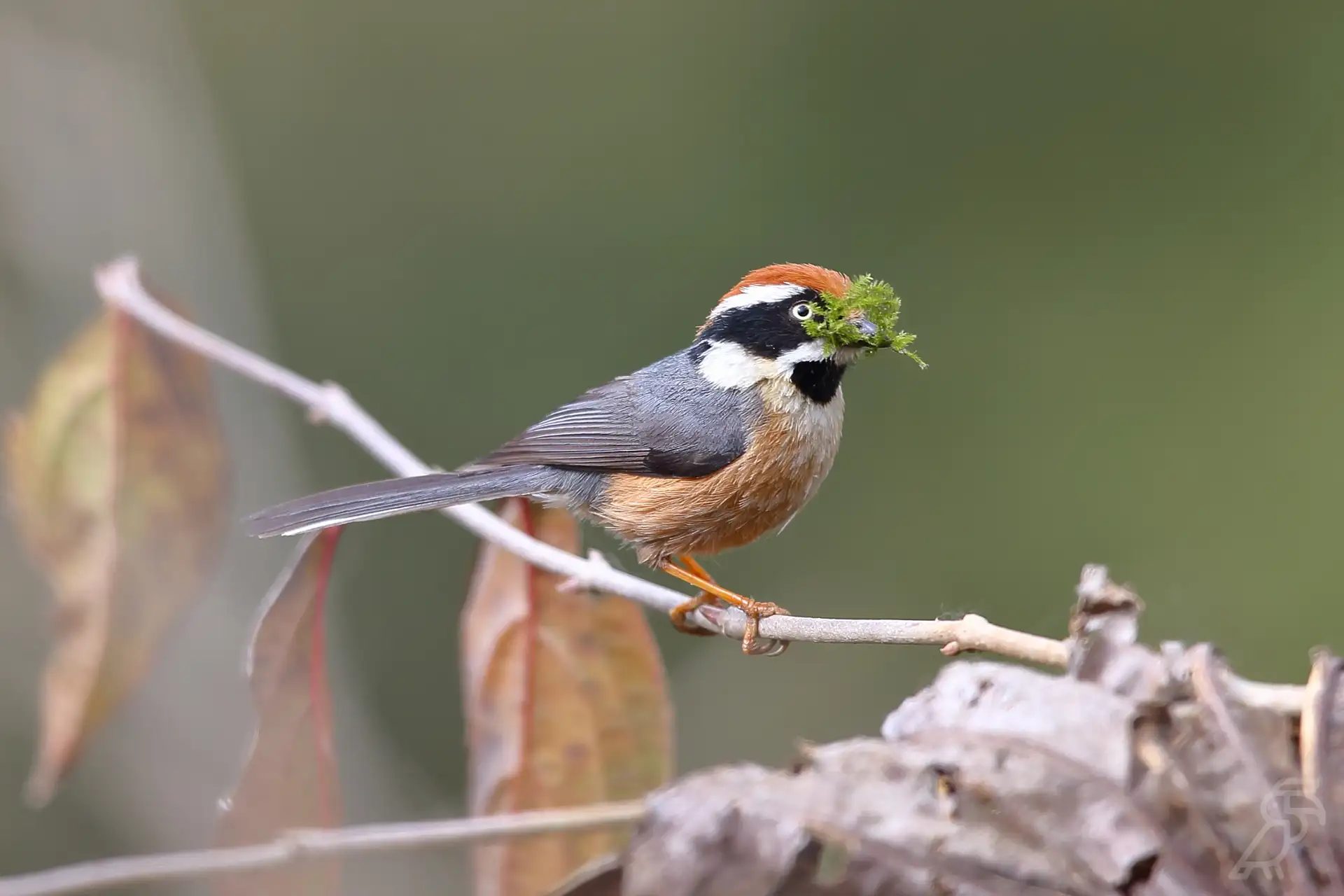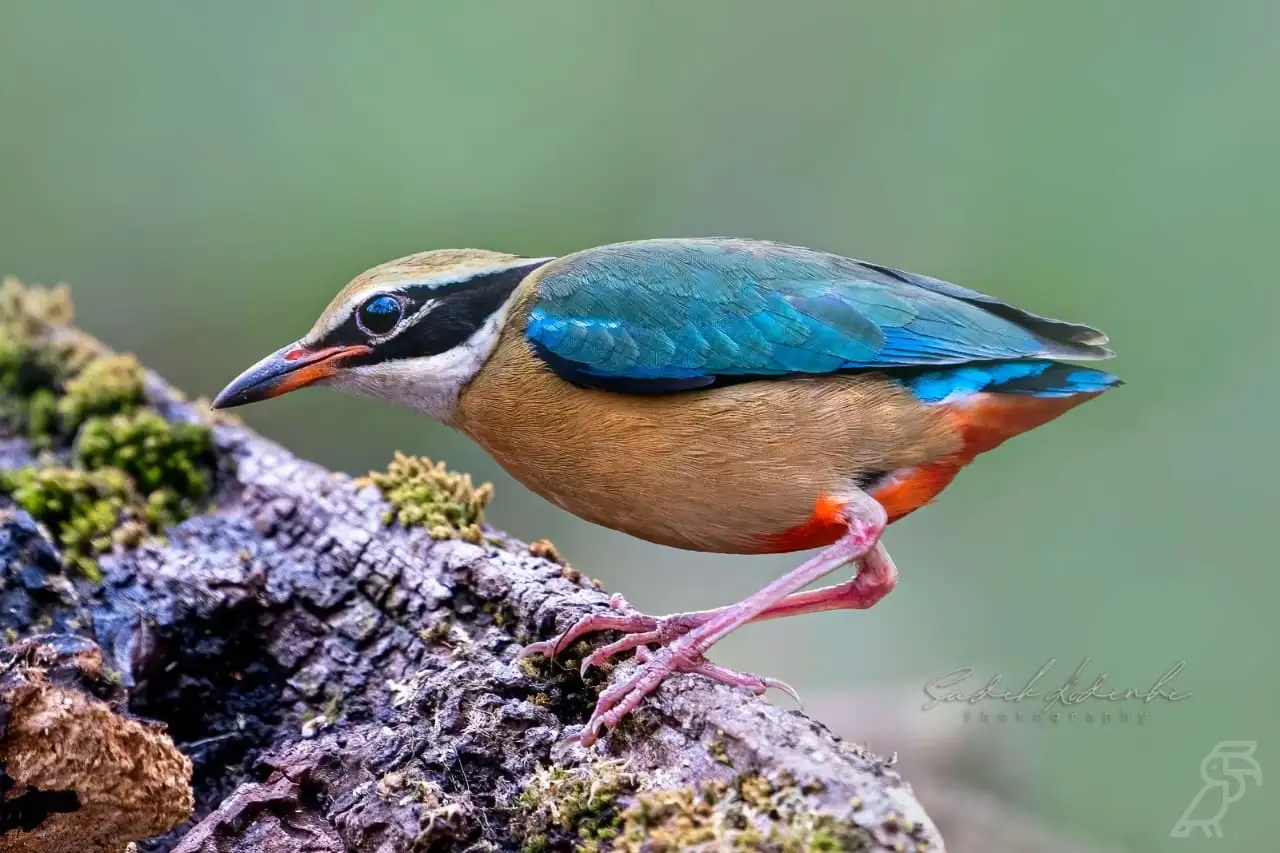Taj, Tiger, and Birds: The Best All India Birding Tour Itinerary

All India Birding Tour: An Overview
Taj, Tigers, and Birds – Mega Indian Birding Tour
A must-to-do birding itinerary for any birder
More than 1.2 Billion people call her mother India, and she has the World’s richest cultural settings and a landscape that showcases many staggering geographical diversities. Our 27 days long, nonstop birding trip will take you to many important birding areas in this vast country. While you bird with us, you will also witness and experience the colours and flavours of this grand old civilisation, perhaps a bit shocking initially, but as we progress with our tour, you will surely start to feel at home with precisely what had happened to thousands of travellers who had visited this land over many centuries. We also know that this birding pilgrimage will not get completed without showing you two of India’s great prides: a Royal Bengal Tiger and the one and only Taj Mahal.
Namaste !! Welcome to India.
Basic Information
- Destinations : Agra, All India, Andaman, Bharatpur, India, Kaziranga, Kerala, Kumaon Hills, Manas National Park, Mishmi Hills, Munnar, Nicobar, North East India, Ranthambore, Sattal, South India, Thattekkad, Western Ghats
- Activities : Birding, History & Culture, Wildlife
- Group SIze : Up to 8
- Comfort : Comfortable to Luxurious on 5
- Price : US$ 5,650 (*Price based on minimum of 6 Adults)
- Schedule Date : March 3rd, 2024

Detailed Itinerary
Keoladeo Ghana, a.k.a Bharatpur Bird sanctuary, is a must-to-visit birding destination in India. It is also a World Heritage bird sanctuary, surrounded by marshlands filled with large avian diversity. It is fantastic to know that about 354 species of birds occur in this small park of 29 sq km, of which 11 sq. km. are marshes, and the rest are shrubland and grassland. We expect to see around 150+ species of Birds in our two days of birding this important destination.
Prime Birds expected to see here are: Painted Stork, Cormorant, Egret, Open-billed Stork, White Ibis, Darter, Shoveler, Teal, Bronze-winged and Pheasant Tailed Jacanas, Ruddy Shelduck, Demoiselle and Sarus Cranes, Gadwall, Pintail, Mallard, Coot, Purple Moorhens. King Vulture, White-backed Vulture, Marsh Harrier, Crested Serpent Eagle, Ring-Tailed Fishing Eagle, Short-toed Eagle, Black-winged Kite, Pallas Fishing Eagle, Tawny Eagle, Collared Scops Owl, Spotted Owlet, Dusky Horned Owl etc. We will also search for Larks, pipit, Kingfishers, Doves, Mynahs, Bulbuls, Blue Jay, Oriole, Blossom- headed Parakeet, Hoopoe, Shrike, Bee-eater, Wagtails etc. in the park.
During our stay in Sattal, we will bird at different altitudes, to explore various habitats. We will camp one night in Pangot (6500 ft) to search for high-altitude birds such as cheer pheasant.
Birds found in Sattal/ Pangot Area: Green-tailed sunbird, Eurasian griffon, red-billed blue magpie, Grey-capped pygmy Woodpecker, lesser Yellownape woodpecker, Blue-throated barbet, Plum-headed Parakeet, Slaty-headed parakeet, Chestnut-bellied rock thrush, Asian barred owlet,Brown-capped pygmy Woodpecker, Brown-fronted Woodpecker, Sclay bellied Woodpecker, Rufous-bellied Woodpecker, Himalayan woodpecker, Greater yellow-naped woodpecker, Streak-throated Woodpecker, Grey-headed Woodpecker, Scaly-bellied Woodpecker, Common flame back woodpecker, Himalayan woodpecker, Gray tree-pie, Blue whistling-thrush, Himalayan griffon, Crested serpent eagle, Cheer pheasant, Kalij pheasant, Koklass pheasant, Dollarbird, Orange-bellied leaf bird, Crested kingfisher, White-throated kingfisher, Pied kingfisher, Common kingfisher, Blue-eared kingfisher, Himalayan kingfisher, Black-throated Sunbird, Crimson Sunbird, Fire-tailed sunbird, Purple Sunbird, Thick-billed flowerpecker, Plain-leaf flowerpecker, Fire-breasted flowerpecker, Russet Sparrow, Rufous babbler,Black-headed jay, Scaly-breasted wren-babbler, Rufous sibia, Blue whistling thrush, Mountain hawk eagle, Black eagle, Eurasian jay, White-rumped needletail, black- headed jay, Black-lored, Black-throated tits, Black bulbul, Ashy-throated warblers, black-chinned babbler, Rufous-breasted accentor, Red-billed blue magpie, Grey- winged blackbird, Common buzzard, Black-chinned babbler, Pink-browed rosefinch, Common wood pigeon, Slaty-headed parakeet, Chestnut-tailed minla and lemon- rumped warbler, etc.
Sattal- Guwahati (Air)
Guwahati to Kaziranga (Road: 190 Km, 4 Hrs)
We will check out our birding lodge early in the morning and travel to our first Eastern Indian destination, Guwahati in Assam. We may probably fly back to New Delhi to get a connection Guwahati. Upon arrival at Guwahati in the afternoon, we will drive to Kaziranga National Park, our home, for the next few days.
We will spend two full days in the National Park looking for species such as Grey-headed Lapwing, Khaleej pheasant, Swamp francolin, Pied harrier, Pallas’s fish-eagle, Banded bay cuckoo, Bengal florican, Blue-winged Pitta, Green-billed malkoha, Lesser coucal, Great Indian hornbill, Oriental pied hornbill, Lesser necklaced laughing thrush, Chestnut-capped babbler, Pale-chinned flycatcher, Ruby-cheeked sunbird, and Green magpie.
You can also opt for an Elephant safari ( optional at extra cost ) to search for Tigers on the last day morning in Kaziranga (Day17th). After breakfast, we will check out from our safari camp and board our vehicle to drive toward Manas National Park, another famous wildlife reserve in North-Eastern India.
Mammals likely to see during our safaris: Tiger, Asiatic Elephant, Indian Rhinoceros, Himalayan Bear, Golden Langur, Water Buffalo etc
We will head out in the morning for birding around Urulanthanni Forest to search for Sri Lankan Frogmouth, Malabar grey hornbill, Malabar starling, Malabar Barbet, White bellied-blue flycatcher, Malabar trogon, Legge’s hawk-eagle, Rufous-bellied Eagle, Crested Goshawk, Crimson backed sunbird, Nilgiri flowerpecker, Indian pitta, Orange-headed thrush, Banded bay cuckoo, Blue-eared kingfisher, Oriental dwarf kingfisher, Western crowned warbler, Large-billed leaf warbler, etc.
We will also do a bit of night birding in Kalappara forest to locate Grey Jungle fowl, Red spur-fowl, Mottled Wood owl, Great eared nightjar, Jungle nightjar, Spot bellied eagle Owl, Jungle owlet, etc.
We will be heading to Coimbatore airport after a short morning birding en route to the Airport (subject to the flight schedule). After that, we will transfer you to Chennai airport to board the flight to Port Blair.
The Andaman and Nicobar is a picturesque archipelago of 572 islands and islets located in the southeastern part of the Bay of Bengal. Its isolation from the mainland has helped the archipelago evolve as a unique EBA with an impressive list of endemic birds.
Set out for night birding in Chidiya Tapu Forest to search for endemic owls like Andaman hawk owl, Walden scops owl, Andaman nightjar, Humes hawk owl, and Andaman scops owl.
We will do a bit of birding around Chidiya Tapu Forest again in the morning. It is a typical evergreen forest and an ideal place to search for species such as Andaman wood pigeon, Andaman woodpecker, Andaman crake, Andaman treepie, Andaman drongo, Andaman bulbul, Andaman green pigeon, Andaman serpent eagle, Andaman coucal, Andaman shama, White-headed starling, Olive-backed sunbird, Orange headed thrush, Black-napped monarch, Dollar bird, Collared kingfisher, Alexandrine parakeet, Red-breasted parakeet, etc.
On our second day in Andaman, we will drive to Ferrargunj Forest Reserve in the morning. On the way, we will search for Andaman teal, Andaman drongo, Andaman cuckoo shrike, and Edible-nest swiftlet. Finally, we will head for afternoon birding in Sippy Ghat to search for some waders and night birds in and around the area. Night: Port Blair
Tour Details
The number of Tour Days: 27 Days
Group Size: 6-8 guests
Group type: International birders and photographers
Difficulty level: Moderate ( with few long drives ).
Accommodation: Good to luxury.
Food: Indian, Local, Continental.
Numbers of Species Expected: + 600
Mammals expected to see: Tiger, Indian Elephant, leopard, Indian Rhino, Monkeys & Gibbons, Deers, etc.
Photography: Excellent opportunities. All our tours are Photographer friendly tours.
Other attractions: Taj Mahal, North Eastern Himalayan Landscapes, Tea Gardens of Munnar, Sandy beaches of Andaman, Indian Food and Culture.
Tour Starting Point: New Delhi (DEL)
Tour Ending Point: Chennai (MAA)
